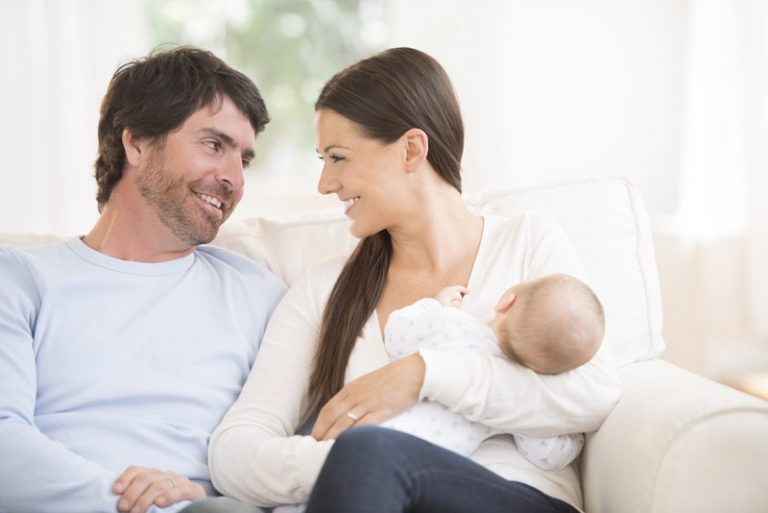History of fertility tourism, when did it start
Fertility tourism has a chequered history. This is an ancient medical breakthrough when the concept of test tube baby had taken the world of medical science like a storm. Oppositions have come from several quarters including the church that criminalized the ground breaking effort declaring it as against the will of God. It is something that is against natural evolution.
Here we give a date by date chronological account of how infertility science and infertility tourism have evolved over time and had come to a level that we see it today:
– Way back in 1790, the records reveal that birth of a baby was brought about by artificial insemination in which the mother conceived not as an outcome of sexual intercourse but as a result of sperms injected into her artificially.
– In 1884, the case of first sperm donation was recorded in the US where the donated sperms helped couples to have a baby.
-In 1937, the idea of In-vitro fertilization (IVF) was propounded in a medical journal where the fertilization between the male sperms and female oocyte would typically take place outside the body of the female partner. It will usually happen in a watch glass in a highly monitored laboratory environment.
-In 1938, there was a successful attempt at cryopreservation of sperms where they were frozen and kept for use in future.
These facilities including IVF, cryopreservation, artificial insemination and egg and sperm donation were restricted to countries having top class research and development support system in the field of medical and infertility science whereas infertility issues cut across global boundaries. It existed in every country irrespective of its scientific and economic achievements. Childless couples who could not find infertility solutions in the home ground took refuge elsewhere. Thus, the seeds of fertility treatment tourism were sown.
– In the year 1969, an eminent English embryologist Robert G Edwards published a paper on fertilization of eggs artificially. Later on, he succeeded in the test tube baby project.
-The year 1972 sees a successful in-vitro fertilization (IVF) brought about by an American fertility specialist.
– The year 1978 sees a ground breaking feat in the arena of infertility science. Louis Brown, the first test tube baby sees the light of the day in England. This was legendary and a joint effort by Robert G Edwards and Patrick Steptoe after their patient’s 104th endeavor.
– With the arrival of the year 1981, US embryologists have established themselves as the pioneers of IVF aided birth. The first IVF baby Elizabeth Karr was born in the US making IVF an amazing fertility treatment solution leading to a successful pregnancy culminating in a child birth. Childless couples were on a frenzied hunt to locate and travel across the globe in quest of a good IVF clinic to convert their long cherished dreams into reality.
-In the year 1983, another earth shaking event materialized in the field of human reproduction. Gradually, human birth was no longer dictated and controlled by the divine premises as the scientists have started making huge progress in the field delving deep into the enigma of childbirth and coming up with revelations. This year they succeed in bringing a baby to see the light of the day that was born out of frozen human embryo.
-The year 1984 saw more progress in human reproduction technology. In Australia, the first baby was born from donated eggs. A more simplified method to perform an IVF was worked out this year by Dr Richard Ash working in the University of Texas. This method was known as the gamete intra fallopian transfer. This very year the technique of zygote intra fallopian transfer was also developed.
With the passage of time, infertility treatment broke into new arena. New methods were developed bringing smiles to childless couples. However, these treatment facilities were not available globally in all countries which necessitated migration of fertility tourist to better pastures. Legal requirements were important factors that did not support artificially aided birth in quite a number of countries. This was also a prime cause inspiring fertility tourism.
